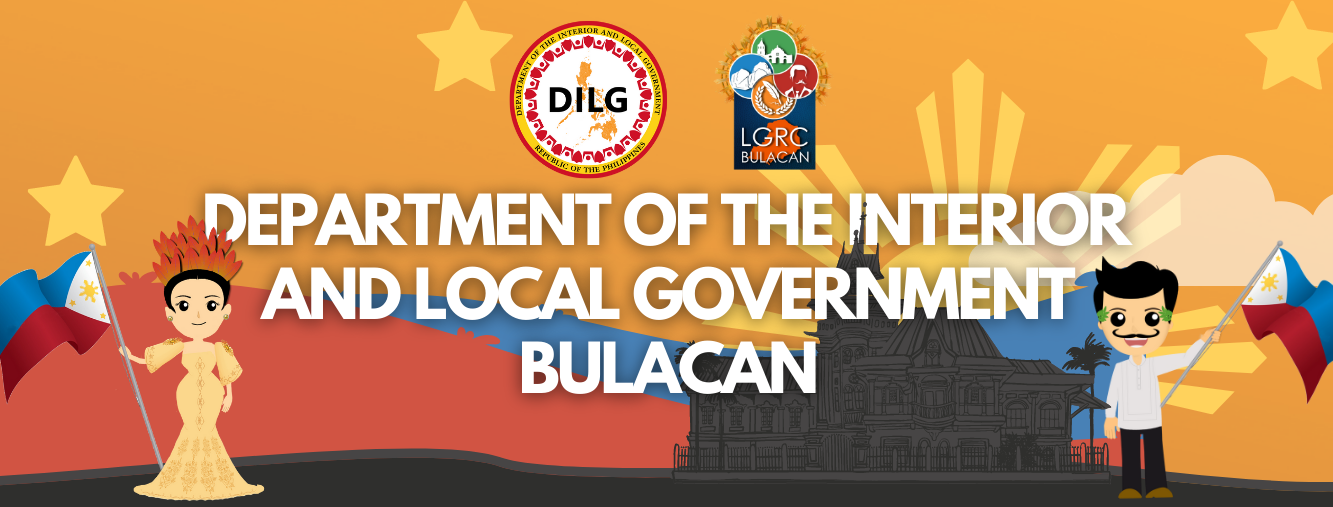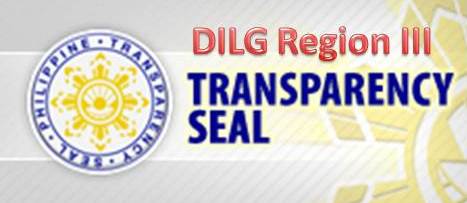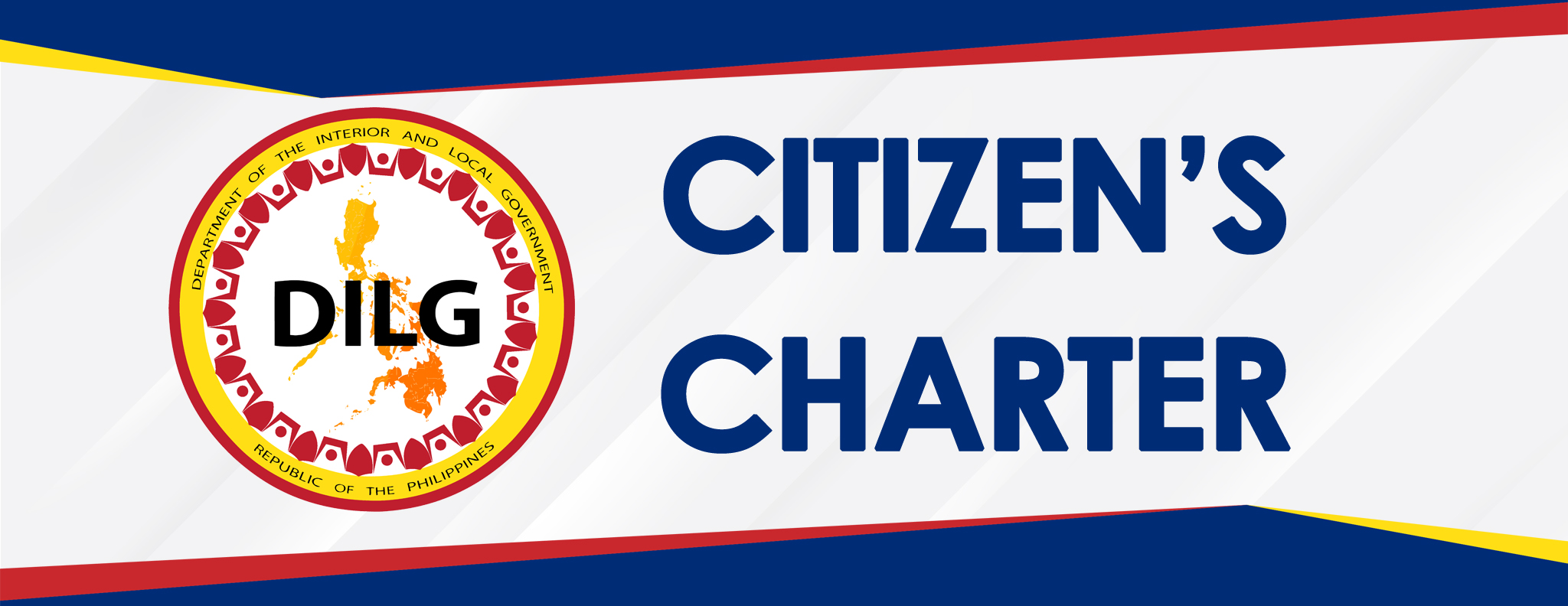-
BRIEF HISTORY OF ANGELES CITY
- Early Beginning
From an obscure/humble lowly barrio of the now City of San Fernando, Angeles City transcended history and overcame war and calamities – the eruption of Mt. Pinatubo being one of the most disastrous to become one of the premier cities of the country today.
- Angeles City started in the clearing of a forested area in the northern portion of San Fernando, carried out by a group led by Don Angel Pantaleon de Miranda (then San Fernando's Capitan, the equivalent of a Municipal Mayor) and his wife, Dona Rosalia de Jesus in 1796. The clearing was made into a new settlement, Culiat, after the woody vine abundant in the area at that time until it became a barrio (now a barangay) of San Fernando up to December 8, 1829.
The political separation of Culiat was made possible by the payment of Don Angel of the full amount required by law for it to stand alone as a political unit. Payment was required because the law then requires that there should be at least 500 taxpayers in the barrio before it could be made into a separate municipality, Culiat, however, at that time, had only 160 taxpayers. Prior to the granting of Culiat's political division, petitions were already made in1812, 1822 and 1828 but were all denied because the separation would cut the tax collection of San Fernando. A fourth petition was made in 1829 by Don Angel with his son-in-law, Dr. Mariano Henson, and the latter's father, Don Severino Henson. It is during this time and with payment made that the political separation of Culiat, was finally granted.
-
Culiat was renamed "El Pueblo de los Angeles" (The Town of Angels) in honor of its patron saints, "Los Santos Angeles Custodios" (The Holy Guardian Angels) and its founder, Don Angel. Angeles had 661 residents, 151 houses and an area of 38.65 sq. km. when it received its first municipal charter. Its original barrios were Sto. Rosario (poblacion), Cutcut, Pampang, Pulung Anunas, San Nicolas, San Jose and Amsic.
Seat of Philippine Government
In 1899, Angeles grew to prominence as it was made the seat of Philippine Government by General Emilio Aguinaldo. It is was here that the first anniversary celebration of Philippine Independence was held after its proclamation a year earlier in Kawit, Cavite. The celebration was highlighted by a parade led by the youngest ever Filipino generals, Gregorio del Pilar and Manuel Tinio, and viewed by General Aguinaldo from the Pamintuan's residence, which is still in existence and restored. It became the Presidential Palace from May to July 1899. (The structure was once the clearing house of Central Bank in Central Luzon). Angeles' thrust to political eminence, however, would be short-lived. On the same year and just two months after serving as the government's center, General Emilio Aguinaldo had to move and transfer the government to Tarlac following the occupation of American forces.
U.S. Military Encampment
In January 1900, General Frederick D. Grant organized the first U.S. Civil Government in Angeles by appointing an alcalde or municipal mayor. This started the American presence in Angeles highlighted by the encampment of the U.S. military forces in the area from 1902 until 1991. Barrio Talimundoc (now Lourdes Sur) became the site of the first U.S. Army camp. This lasted about a year until U.S. President Theodore Roosevelt signed an executive order designating 7,700 acres (31 sq. kms.) of land in Barrio Sapang Bato as Fort Stotsenberg. The land area would later on expand to 156,204 acres (632.14 sq. km.) in 1908 to become Clark Air Base. In 1919, military planes (DH4s) first flew over Angeles from the air field in Clark.
Second World War
As Angeles is host to the base, the town witnessed to what historians consider as one of the most destructive air raids of World War II. In December 8, 1941, Japanese war planes dropped their bombs on Clark Field and Angeles destroying almost all American war planes, debilitating America's air power in the Far East. With American military power crippled, Japanese troops entered Angeles in the early morning of New Year's Day of 1942, occupied the town for three years up to January of 1945 and took control of Fort Stotsenberg. In April 10, 1942, Filipino and American soldiers included in the death march passed through Angeles en route to the concentration camp in O'Donell, Capas, Tarlac.
Post-War Period
After World War II and following the declaration of Philippine Independence on July 4, 1946 the Philippine-American Military Bases Agreement was signed in March 14, 1947, allowing the U.S. to maintain territorial integrity and sovereignty over Clark Air Base and Subic Naval Base for the next 44 years. Clark, now occupying 63,103 hectares, served as the tactical operational U.S. air force installation in the entire Southeast Asian region with a capacity to accommodate all the U.S. military transport planes serving the entire Western Pacific. Clark's renaissance had Angeles serving as home to a now bigger colony of expatriates as many Americans chose to settle in the town particularly in the Balibago district.
-
Angeles grew to new heights as a town after the war. Then, on January 1, 1964, it was inaugurated as a chartered city under Republic Act 3700 through the efforts of then Mayor Rafael del Rosario. He was assisted in the preparation of the City Charter by Attorney Enrique Tayag, a prominent resident of the town, while Congresswoman Juanita L. Nepomuceno of the first district of Pampanga sponsored the bill in Congress, which was approved by then President Diosdado Macapagal, a native of the province of Pampanga. With Angeles becoming a city, Mayor Rafael del Rosario became the last municipal mayor of Angeles at the same time its first city mayor.
Surviving Not Just War But Also Calamities
Over the years through its history, Angeles not just transcended not only war but natural calamities of various kinds. On October 7, 1871, a strong typhoon destroyed hundreds of houses and thousands of colorful lanterns and paper castles that were made for the feast of "La Naval" and "Fiesta ng Apo". In 1918, the town went through an influenza epidemic that took heavy toll on lives. It was said the epidemic claimed lives by the minute that the dead were just dumped on carts and buried en masse. The town also went through locust infestation in 1939 with the whole of Pampanga, and series of conflagration that have gutted the public market with that on January 19, 1982, considered the biggest and most costly as it had caused the loss of more than P20 million worth of property and the latest of which was on 2001.
In 1972, the whole province of Pampanga was submerge in a deluge almost Biblical in magnitude after 40 days of torrential rains. Angeles City lying on a relatively high altitude was saved from this but still suffered destruction to properties when rampaging rainwaters scoured the banks of the Abacan River and the Sapang Balen Creek, bringing down with it both private and public infrastructures, like houses and school buildings, bridges, etc. In 1991, the resilience of the Angeleños was put to a test again during the eruption of Mount Pinatubo. The beautiful mushroom-like ash cloud it spewed on June 12, 1991 didn't. portend the dire things yet to come. On June 15, the worst ever eruption in the living memory of the Angeleños This marked a chapter in the city's history that will forever be etched in the memory of every Angeleño living at that time.
- Angeles was not also spared from Mt. Pinatubo's wrath when it erupted in June 12 and 15 in 1991. The volcano's massive explosion and subsequent heavy ashfalls and mudflows destroyed properties, claimed lives and displaced thousands of families. It also took a heavy toll on Clark Air Base as it diminished its utility, which consequently led to the U.S. Air Force abandoning the base and prematurely ending U.S. military presence in the city even before the abrogation of the Philippine-American Military Bases Agreement.
As it was natural for any area to lose vibrancy after a calamity, Angeles suffered a downturn in its economy for a while. Yet, this would not be for long because soon as the city had done its rebuilding and the revival of Clark, this time as an economic zone, by the national government, the city's luster sprung back to life. But, while it has already passed through turbulence, the city continues to face the challenges of development and time. How it chooses to address these will shape what will become of the city and its people and how it would fare in today's globalization.






















